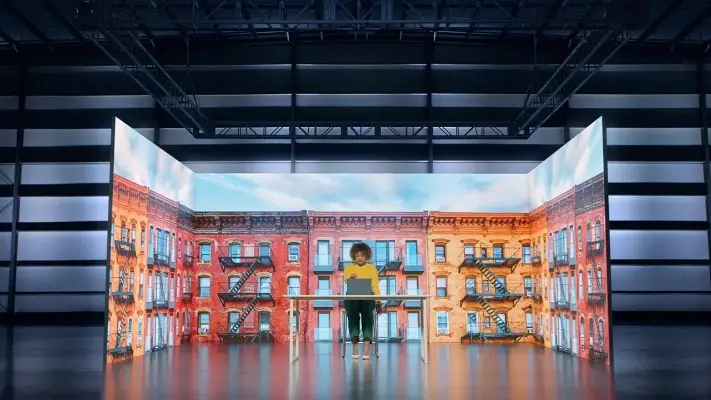Exploring the Crucial Factors That Influence Hue Consistency in LED Panel Panels for Optimal Display Performance
Exploring the Crucial Factors That Influence Hue Consistency in LED Panel Panels for Optimal Display Performance
Blog Article
Color consistency in light-emitting diode wall panels is crucial for attaining maximum visual performance. light-emitting diode wall panels are commonly used in multiple settings, including concerts, conferences, and advertising showcases. When the hues on these panels are consistent, they create a more captivating and enveloping encounter for viewers. Several key factors affect hue uniformity, including the quality of the light-emitting diode components, calibration processes, and surrounding factors.
The caliber of the LED components plays a major role in color consistency. Different types of light-emitting diodes produce light at different wavelengths, which can affect the overall hue output. Premium LEDs are designed to produce a more uniform light range, leading in improved color accuracy. Additionally, the manufacturing process of these LEDs can affect their functionality. Screens made with superior materials and techniques tend to have fewer color differences, guaranteeing that the shown pictures and footage look lively and faithful to life.
Tuning is another crucial factor in maintaining hue consistency in LED wall screens. Calibration involves modifying the configurations of the panel to make certain that the hues displayed match the desired design. This procedure can consist of fine-tuning luminosity, contrast, and color balance. Frequent tuning is necessary, especially in environments where illumination factors change frequently. By tuning the screens, technicians can correct any discrepancies in hue output, leading to a more uniform observing encounter.
Environmental conditions also influence hue consistency in LED wall panels. Elements such as surrounding light, temperature, and humidity can influence how colors are perceived. For instance, intense surrounding light can dull colors, making them appear more lively. Similarly, harsh temperatures can affect the performance of the light-emitting diodes, resulting to color shifts. To mitigate these problems, it is essential to install Read More Here LED wall screens in managed environments where lighting and temperature can be controlled efficiently.
Lastly, the design and layout of the LED wall panels can affect hue uniformity. The arrangement of the panels, as well as the spacing from which they are observed, can create differences in hue perception. When panels are placed too far apart or at varied positions, audiences may detect discrepancies in color. To obtain the optimal visual output, it is important to consider the positioning and arrangement of the panels during installation. By addressing these factors, operators can guarantee that their light-emitting diode wall screens deliver a uniform and high-quality visual experience.